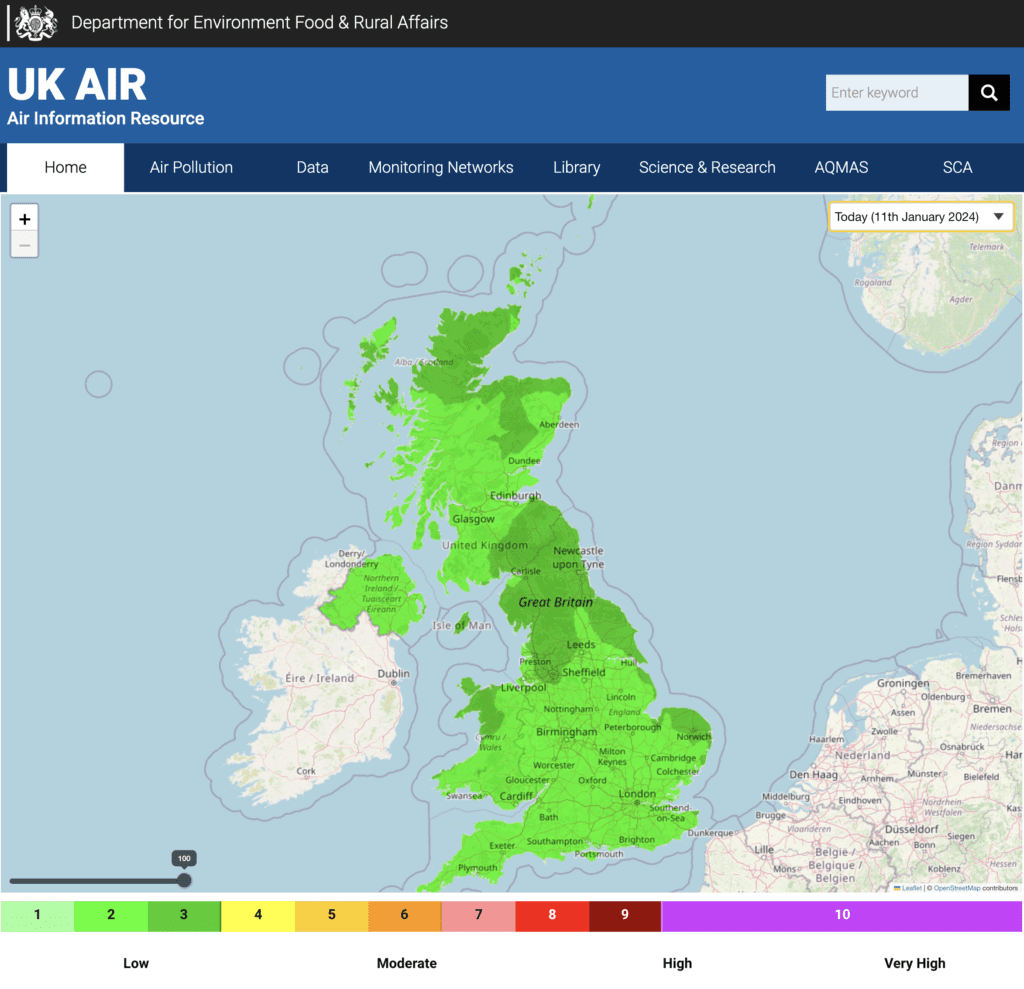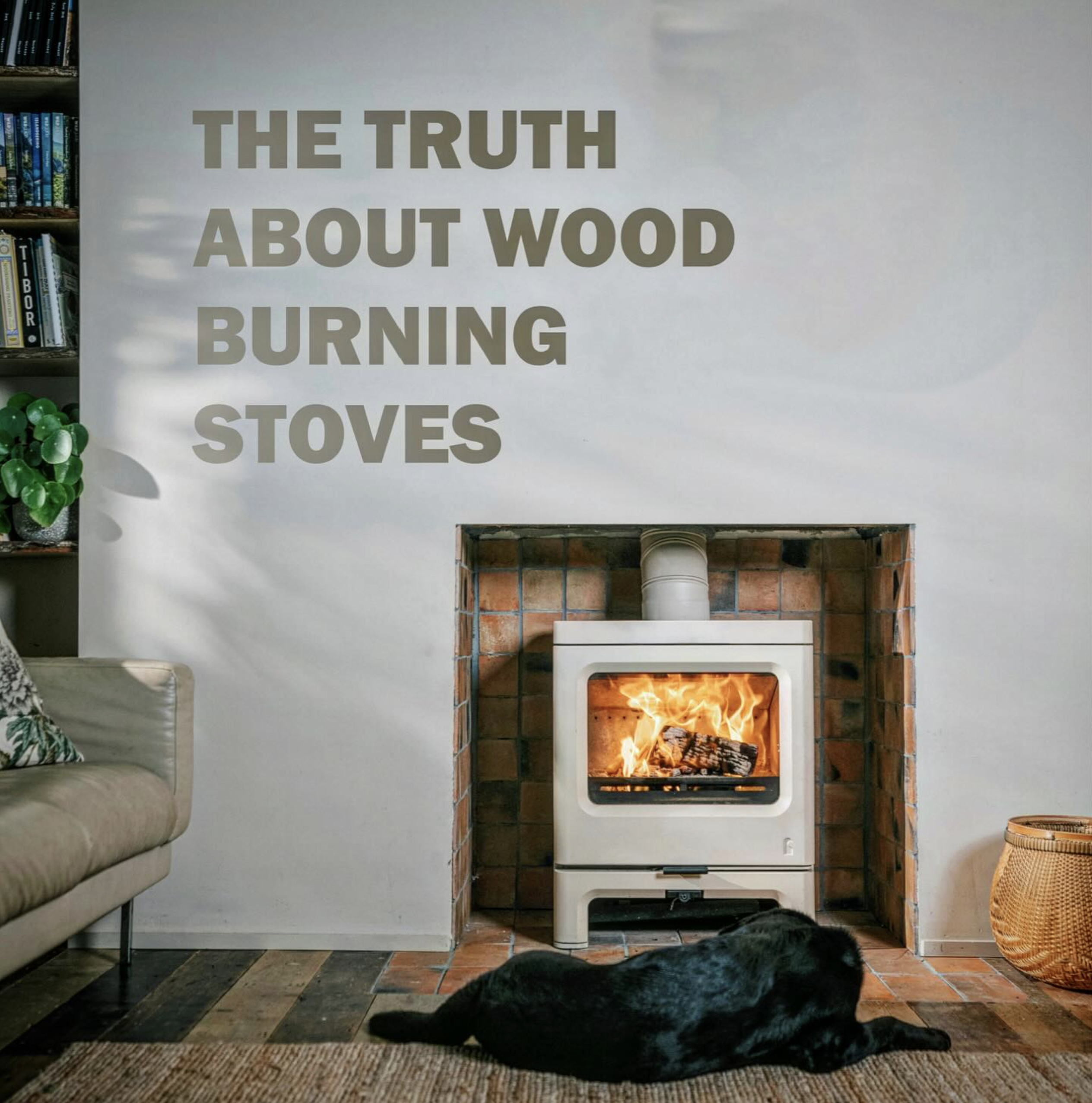A negative narrative is being unfairly manufactured around the wood-burning stove industry, by anti-woodburning groups such as the ‘London Wood Burning Project’ and ‘Clean Air Hub’.
The TRUTH is that UK PM 2.5 emissions have been steadily decreasing over the years despite record stove sales. In this blog, we summarise the flawed data and unfair generalisations anti-woodburning groups are using.
1/ What do they mean by ‘Wood-Burner’ & ‘Domestic Burning’?
They combine emission sources (Inefficient Old Stoves, Open Fires, Bonfires and Modern Ultra Efficient Stoves) to create a bigger more impactful number, and then claim 17% of London’s emissions come from ‘domestic wood burning’ or ‘wood burners’. Catch-all terms the public understandably associates most often with wood-burning stoves – especially because they create ad campaigns prominently featuring images of wood stoves. However, the actual contribution of modern wood-burning stoves is estimated by the UK government’s official figures at just 1-2%! (1)
2/ They use Weak Science & Manipulate Data
Imprecise methodology
Their data collection relies heavily on estimations and ambient air sampling, offering a blurry picture at best. Traffic, construction, industrial processes and even natural dust all contribute to PM2.5 and cannot reliably be controlled in their methodology.

(Pg.20 of the LWBP report)
Walking around with modified backpacks does not allow them to distinguish in any way what the source of PM2.5 is in a given area.
Small sample sizes and insufficient testing equipment.
One of the major studies often cited, is by Rohit Chakraborty et al, and based on a sample size of just 19 homes that took measurements using, as they admit, “low-cost air quality monitors” (7)
Manipulated data
They exclude critical data to stack the narrative against wood-burning stoves. For example, comparing the emission rates between wood stoves and HGVs has caused unnecessary concern.
Closer inspection revealed their data excluded brake and engine wear and in fact, just one Euro 6 HGV produces 13 times more PM2.5 emissions than an Ecodesign wood-burning stove over the course of a week’s real-world use. Furthermore, emissions from HGVs are emitted at ground level (nearer head height) while wood smoke is dispersed more safely, higher up via a chimney flue. (8)
3/Claims Based on Their Opinion NOT Fact
In the bottom left-hand corner of every page of the London Wood Burning Project report you can see the following disclaimer:
“This report is the independent expert opinion of the author(s)”
Firstly, anyone can claim to be an expert, however, the key word here is ‘opinion’.
Well, the SIA has commissioned extensive independent research which casts serious doubt on the estimations and ‘opinions’ provided by anti-woodburners (6)
4/ The Official Data is POSITIVE!

At the time of writing the original blog post (11/01/2024) on a very cold winter’s day when wood stove usage would typically be higher, here is the PM2.5 picture for the UK taken from DEFRA’s official website.
So, when the anti-woodburners say 17% of emissions. It is 17% of a very low amount in the first place. Then, remember modern wood-burning stoves are just 1-2% of that low amount.
Also explore how to heat your home with wood-burning stoves without worrying about PM 2.5 Emissions.
5/ Modern Stoves Equal Lower Emissions with HUGE Benefits
-They produce heat reliably for sustained periods and are unaffected by the weather.
-Allowing them to work in tandem with wind, solar and other green heating solutions. A stove makes these great technologies more viable – They are not in competition with each other.
-Energy Security – a wood-burning stove is an ideal emergency/low-frequency heat source.
-Wood stoves are essential for off-grid, sustainable, eco-friendly living. Perfect for yurts and other tiny home accommodations.
-Wood is a carbon-neutral fuel as it gives off the same amount of carbon whether it is burnt or decays naturally. The carbon released from burning wood is balanced out by the carbon absorbed by the tree during its lifetime.
-Wood fuel can be sourced locally without fracking and deep-sea oil drilling.
-A good quality stove can last many decades and provide an affordable source of heat for low-income households.
-The right to repair. The majority of components used within a Charnwood stove are modular and can be replaced when or if they wear out further extending the life of your stove.
-There are significant well-being benefits from using a wood-burning stove. Read about the Charnwood wellbeing survey and all the amazing benefits of owning a stove for your wellbeing.
Why Choose Us?
At Charnwood Stoves, we stand by the integrity and efficiency of our wood-burning stoves. Our commitment to quality ensures that you receive the best in both performance and environmental responsibility. We rigorously research and counter flawed data to provide you with accurate, reliable information. Our stoves are designed with cutting-edge technology, ensuring clean, efficient burns that meet and exceed industry standards. With Charnwood, you’re choosing a brand dedicated to sustainability, innovation, and the highest level of customer satisfaction. Trust us to keep your home warm, environmentally friendly, and informed with transparent, trustworthy expertise.
Get in touch today.
_____________
For more information check out the main article:
Smoke And Mirrors: Exposing The Flawed Data Behind The War On Wood Stoves
&
Wood-Burning Stove’s Co-Heating Future (A Nuanced Look At PM 2.5 Emissions)

